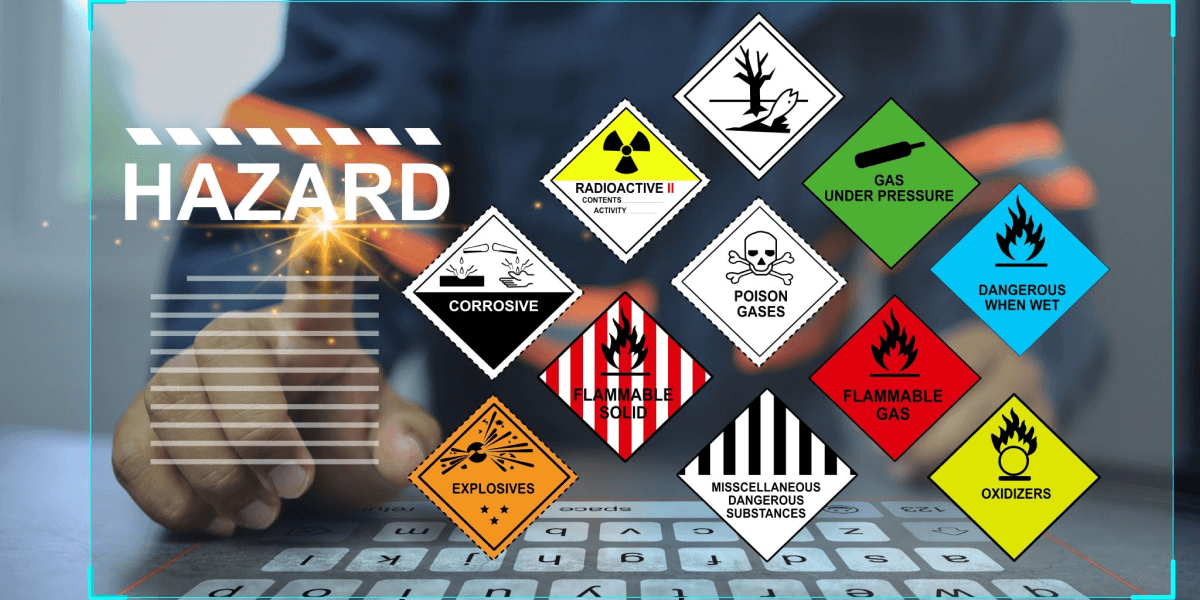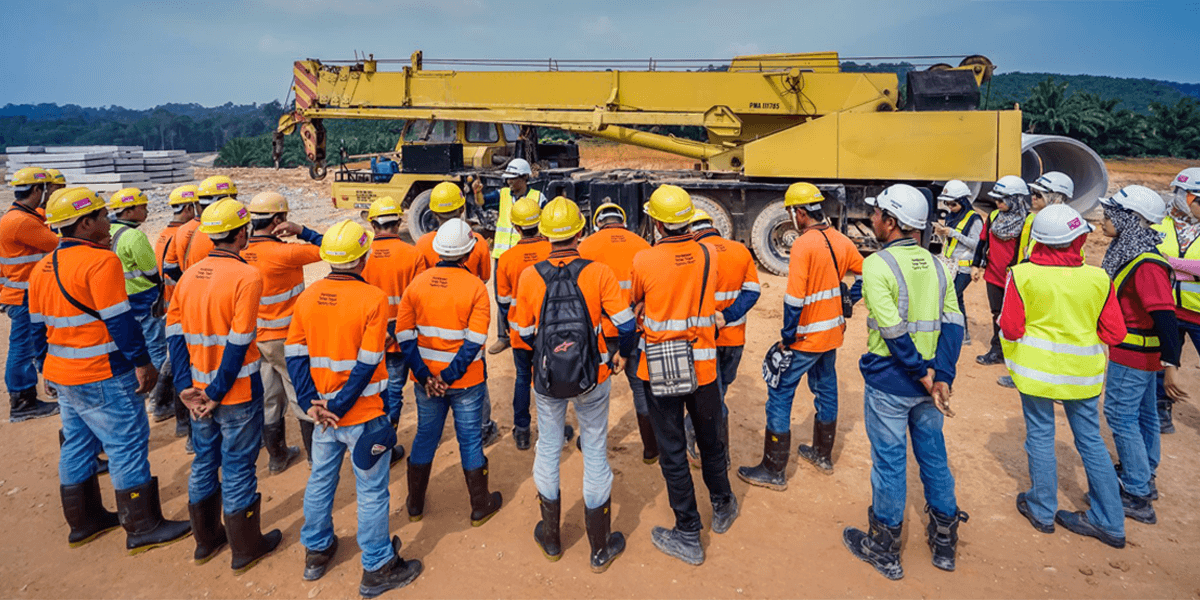
Table of Contents
Introduction
Users’ attention spans are declining daily, thanks to social media. Instead of looking at the content, people now first see its duration and decide whether they want to consume it or not. Therefore, content developers must deliver short and crisp information while ensuring the core content message has been delivered.
When applied in the education sector, microlearning was born. Microlearning is a revolutionary training approach that delivers knowledge in short, focused bursts, making it easier for students to absorb and retain essential information. By leveraging bite-sized lessons, interactive content, and mobile accessibility, microlearning offers an efficient and engaging learning solution.
When the safety industry studied this approach, they thought they could implement microlearning for safety training. And it actually worked wonders!
Traditional safety training methods, often reliant on lengthy sessions and dense manuals, struggle to keep pace with the industry’s dynamic nature. Workers must stay updated on new safety protocols, equipment usage, and emergency response techniques, but retaining this vast amount of information is challenging. Therefore, safety training switched to microlearning.
Safety training and microlearning are vast topics. Therefore, this blog will consider how they affect the oil and gas industry.
Why Safety Training in Oil and Gas Requires Innovation
The oil and gas industry operates in some of the most hazardous environments on the planet. Workers face numerous risks daily, from drilling platforms in the middle of the ocean to processing plants with volatile substances. Practical safety training is essential to prevent accidents and protect both lives and assets, but the industry’s unique challenges demand innovative approaches to training.
The Safety Challenges in the Industry
Given the high stakes in the oil and gas industry, traditional training methods fall short of meeting the needs of a fast-paced, high-risk environment. This underscores the urgency for innovative approaches like microlearning, which can address these challenges by delivering flexible, tailored, and impactful safety training solutions.
Benefits of Microlearning
Microlearning’s unique approach to delivering concise, targeted content ensures workers are better equipped to handle safety challenges effectively. Here are the key benefits of microlearning for safety training in this demanding field:
1. Improved Retention
Example: A 3-minute video on properly using a fire extinguisher is likelier to stick with employees than a lengthy lecture covering multiple safety topics.
2. On-Demand Learning
Example: A worker can review a quick module on handling chemical spills during a break rather than waiting for scheduled training sessions.
3. Customizable Content
Example: A drilling operator can receive a different set of training modules than a maintenance technician, ensuring relevance and efficiency.
4. Cost-Effectiveness
Example: Companies can roll out 10-minute modules employees complete during downtime instead of pausing operations for a full-day training.
5. Engagement through Interactivity
Example: Workers might complete an interactive quiz on identifying hazards in a simulated workspace, earning badges for correct answers.
Microlearning combines flexibility, customization, and engagement to create a powerful training solution.
Conclusion
The benefits of microlearning are undeniable, from improved knowledge retention to greater engagement through interactive tools. Case studies have shown its effectiveness in enhancing safety preparedness, reducing training time, and increasing worker confidence. Moreover, microlearning’s flexibility makes it an ideal fit for the fast-paced and ever-changing demands of the oil and gas industry.
Now is the time for industry leaders to embrace microlearning as a core component of their safety training strategies. By investing in innovative solutions, they can foster a safety culture, improve operational efficiency, and, most importantly, protect their workforce.



